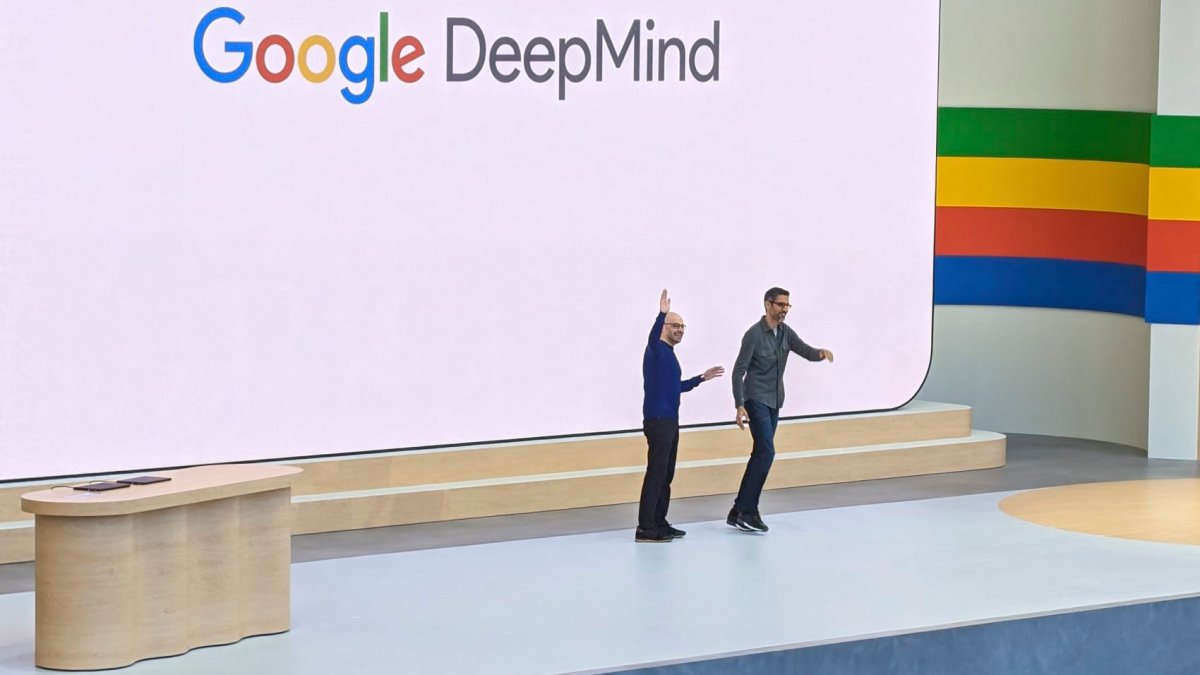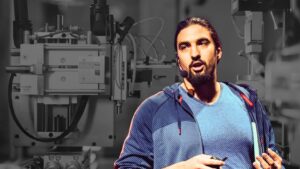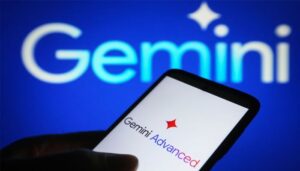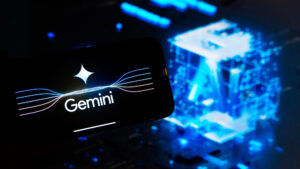DeepMind Announces Use of AI Models to Enhance Physical Robots

Google DeepMind Unveils New AI-Powered Robotics Models
Introduction to Google’s Latest Developments
On a recent Wednesday, Google DeepMind introduced two innovative AI models designed specifically for robotics—Gemini Robotics and Gemini Robotics-ER (Extended Reasoning). These models are based on what Google claims to be their most capable AI to date, Gemini 2.0. Unlike previous generative AI models that primarily focused on text and images, these new models take a leap into the physical realm, enabling robots to perform hands-on tasks.
Partnership with Apptronik
As part of this initiative, Google announced a collaboration with Apptronik, a Texas-based company known for its work in humanoid robotics. This partnership aims to harness Gemini 2.0 to create advanced humanoid robots. Apptronik has a notable history of working with leading organizations, including Nvidia and NASA. Recently, they completed a funding round of $350 million, with Google participating in this investment.
Demonstration of Capabilities
Google showcased the capabilities of the new AI models through a series of demonstration videos. The robots equipped with Gemini 2.0 can perform a variety of tasks, such as:
- Plugging devices into power strips
- Filling lunchboxes
- Moving plastic vegetables
- Zipping up bags
These actions are carried out in response to spoken instructions, highlighting the interactive nature of the AI models.
Core Qualities of Robotics AI
According to Google, effective AI models for robotics must possess three essential qualities:
- General Adaptability: The ability to adjust to various situations and challenges.
- Interactive Response: The capability to quickly understand and react to instructions or changes in the environment.
- Dexterity: The skill to manipulate objects much like humans can, showcasing fine motor skills.
Introduction of Gemini Robotics-ER
The Gemini Robotics-ER model serves as a foundational tool for roboticists looking to train their own AI applications. This model is accessible to trusted partners, including Agile Robots, Agility Robotics, Boston Dynamics, and Enchanted Tools, allowing for a broad collaboration within the robotics community.
Competition in the Robotics AI Sector
Google is not alone in its quest to integrate AI into robotics. Other tech companies are also making significant strides. For instance, OpenAI recently invested in a startup called Physical Intelligence, which focuses on creating general-purpose AI that can function in the physical world. In conjunction with this investment, OpenAI appointed a former leader from Meta’s augmented reality initiative to lead its robotics and hardware projects.
Tesla is another player in this space, having announced its own humanoid robotics project named Optimus. Each of these companies is actively working to push the boundaries of what’s possible with AI in robotic applications.
Insights from Google’s CEO
Sundar Pichai, CEO of Google, emphasized via social media that robotics serves as an effective platform for testing and refining AI advancements. He stated that the new robots will utilize Google’s multimodal AI, allowing them to adapt seamlessly to their surroundings and make decisions in real time.
In summary, Google DeepMind’s latest AI models mark a significant step in merging artificial intelligence with robotics. The collaborative effort with Apptronik, coupled with the focus on adaptability and dexterity in these models, could pave the way for revolutionary changes in how robots interact with the physical environment. The ongoing competition among tech giants also suggests an exciting future for AI-enabled robotics.






